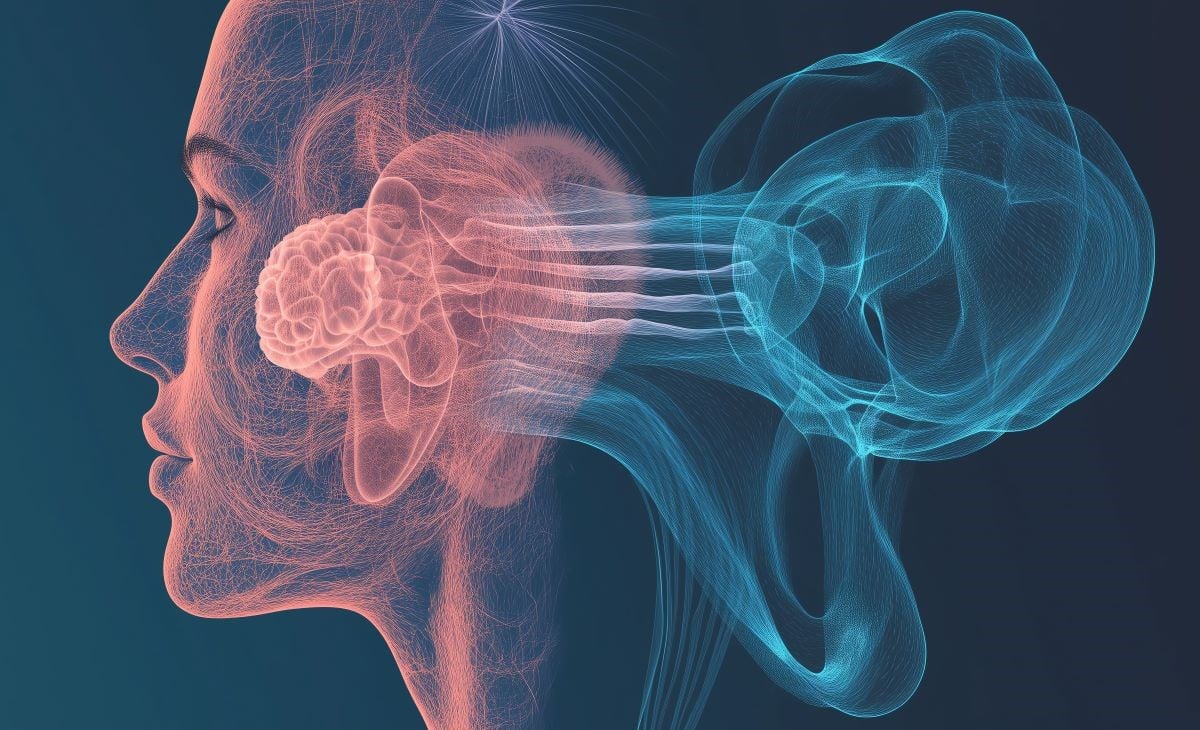Zero-point endolymph and negative signal endolymph descriptor combinations classified 95.8 percent of ears
By Elana Gotkine HealthDay Reporter
FRIDAY, Jan. 3, 2025 (HealthDay News) — In an article published online Dec. 3 in European Radiology, the authors explore the performance and optimal combination of magnetic resonance imaging (MRI) descriptors used for the diagnosis of Meniere disease (MD).
Steve Connor, from King’s College London, and colleagues conducted a retrospective, single-center cross-sectional study to assess delayed post-gadolinium “zero-point” endolymph (ZPE) and an optimized real-inversion recovery sequence with negative signal endolymph (NSE) MRI in consecutive patients with Meniereform symptoms. Fourteen MRI descriptors were assessed in 132 patients: 87 meeting wider clinical criteria (“all MD”) and 39 control ears.
The researchers observed an increased perilymph signal-to-noise ratio and improved diagnostic performance and reliability for nine of 14 descriptors with the NSE sequence. For the best descriptor of “saccule absent, large as or confluent with the utricle” and that of “asymmetric perilymphatic enhancement,” ZPE demonstrated superior diagnostic performance (risk ratios, 6.571 and 6.300 for ZPE and NSE, respectively; 3.628 and 2.903 for ZPE and NSE, respectively). In the optimal predictive model for “definite MD,” both sequences combined these two descriptions; “grade 2 cochlear hydrops” was also significant for NSE. Overall, 95.8 percent of the ears were correctly classified with ZPE and NSE descriptor combinations. For all MD, the ZPE descriptor combination performed better (area under the receiver operating characteristic curve, 0.914 and 0.893 for ZPE and NSE, respectively).
“The relative advantages of each approach justify the continued application of either sequence in clinical practice; however, radiologists should appreciate that the choice of sequence will influence which MRI features should be evaluated for the diagnosis of MD,” the authors write.
Copyright © 2025 HealthDay. All rights reserved.








